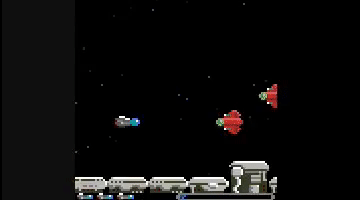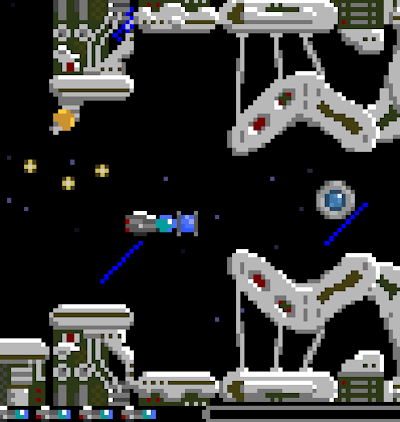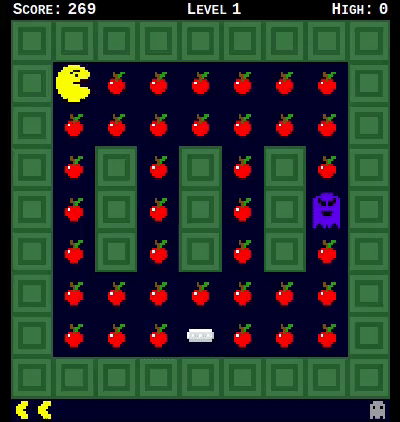My Peertube server is shutting down, so I need to move my videos to another one. The official scripts don’t seem to cover this case very well, so here is what I did.
My script fetches videos and their details and uploads them to the new server via the Peertube API.
Contributions welcome: I was not able to copy video descriptions across, and I was too lazy so I hard-coded the number of tags. Also, I didn’t make a git repo for all this because I felt it needs more thought, but feel free to start one and I will happily contribute this.
This script copies all videos in a single Peertube channel to a different server. You must find the numeric ID of the channel on the new server to copy into, which I did by looking at the responses in the Network tab of Firefox’s developer tools when I clicked on its name in the web interface. It requires bash, curl, youtube-dl and jq.
Here’s peertube-migrate-channel.bash:
#!/bin/bash
set -u
set -e
# Modify these for your setup
OLD_SERVER="INSERT OLD SERVER e.g. https://peertube.social"
OLD_CHANNEL="INSERT CHANNEL URL-NAME e.g. trials_fusion"
NEW_SERVER="INSERT NEW SERVER e.g. https://video.hardlimit.com"
NEW_CHANNEL="INSERT NEW CHANNEL ID e.g. 4103"
USERNAME="INSERT_USERNAME for new server e.g. trials"
PASSWORD="INSERT PASSWORD for new server"
TAG1="INSERT_A_TAG e.g trials"
TAG2="INSERT_A_TAG e.g. gaming"
TAG3="INSERT_A_TAG e.g. gameing"
DIR=$(mktemp -d)
API_PATH="${NEW_SERVER}/api/v1"
# Find out how many videos are in the channel
curl -s \
"${OLD_SERVER}/api/v1/video-channels/${OLD_CHANNEL}/videos/?count=1" \
> "${DIR}/videos-total.json"
TOTAL=$(jq .total < "${DIR}/videos-total.json")
CURRENT=0
PAGE_SIZE=10
# Get a list of URLS for all the videos
echo -n "" > "${DIR}/urls.txt"
while (( CURRENT < TOTAL )); do
FILE="${DIR}/videos-page-${CURRENT}.json"
curl -s \
"${OLD_SERVER}/api/v1/video-channels/${OLD_CHANNEL}/videos/?start=${CURRENT}&count=${PAGE_SIZE}&skipCount=true" \
> "${FILE}"
jq ".data | map(.uuid) | .[]" -r < "${FILE}" >> "${DIR}/urls.txt"
CURRENT=$((CURRENT + PAGE_SIZE))
done
# Log in to the new server
client_id=$(curl -s "${API_PATH}/oauth-clients/local" | jq -r ".client_id")
client_secret=$(curl -s "${API_PATH}/oauth-clients/local" | jq -r ".client_secret")
token=$(curl -s "${API_PATH}/users/token" \
--data client_id="${client_id}" \
--data client_secret="${client_secret}" \
--data grant_type=password \
--data response_type=code \
--data username="${USERNAME}" \
--data password="${PASSWORD}" \
| jq -r ".access_token")
# Download and upload each video
tac "${DIR}/urls.txt" \
| while read ID; do
URL="${OLD_SERVER}/api/v1/videos/${ID}"
curl -s "${URL}" > "${DIR}/info-${ID}.json"
NAME=$(jq -r .name < "${DIR}/info-${ID}.json")
CATEGORY=$(jq -r .category.id < "${DIR}/info-${ID}.json")
LICENCE=$(jq -r .licence.id < "${DIR}/info-${ID}.json")
LANGUAGE=$(jq -r .language.id < "${DIR}/info-${ID}.json")
PRIVACY=$(jq -r .privacy.id < "${DIR}/info-${ID}.json")
OLD_VIDEO="https://peertube.social/videos/watch/${ID}"
mkdir "${DIR}/dl-${ID}"
youtube-dl "${OLD_VIDEO}" --output="${DIR}/dl-${ID}/dl.mp4"
echo "Uploading ${OLD_VIDEO}"
curl "${API_PATH}/videos/upload" \
--silent \
-H "Authorization: Bearer ${token}" \
--output "${DIR}/curl-out-${ID}.txt" \
--max-time 6000 \
--form name="${NAME}" \
--form videofile=@"${DIR}/dl-${ID}/dl.mp4" \
--form channelId=${NEW_CHANNEL} \
--form category=${CATEGORY} \
--form licence=${LICENCE} \
--form description="TODO VIDEO DESCRIPTION" \
--form language=${LANGUAGE} \
--form privacy=${PRIVACY} \
--form tags="${TAG1}" \
--form tags="${TAG2}" \
--form tags="${TAG3}"
done






